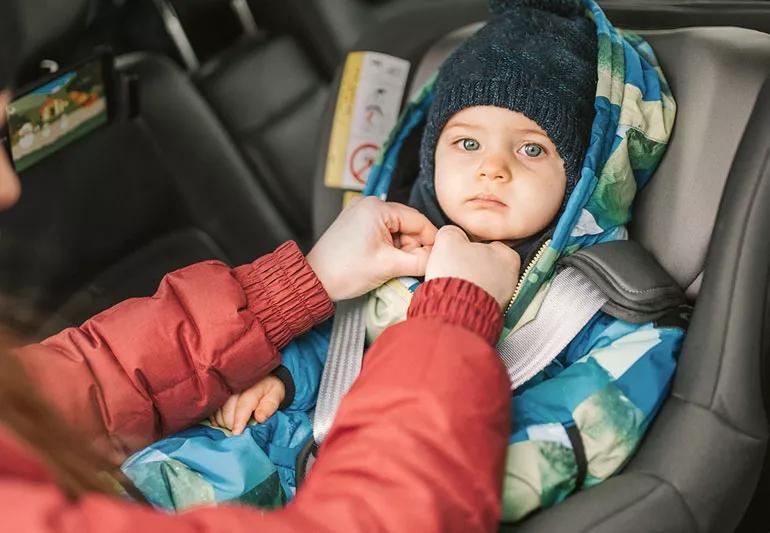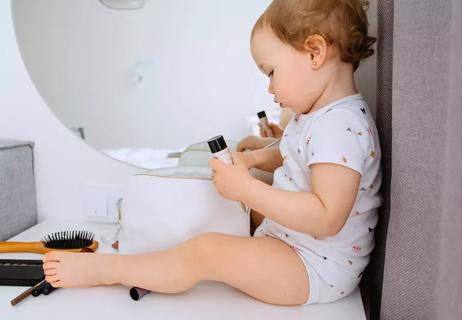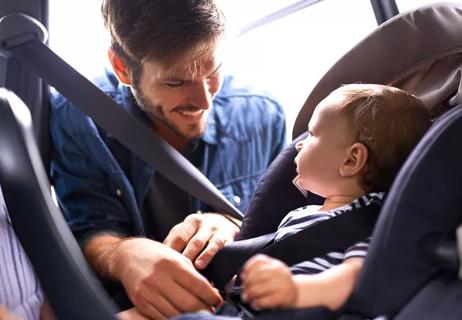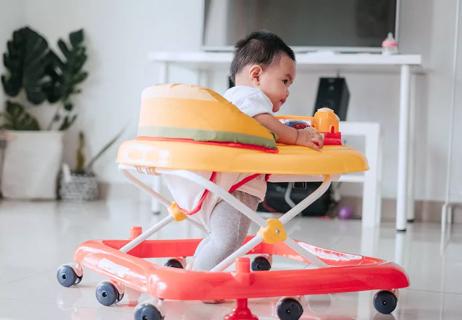How to keep your little one warm and safe in the car

In the middle of winter with cold temperatures and blustery winds, it’s important to keep your little ones all bundled up. But that warm coat can actually get in the way of protecting your children in a car crash.
Advertisement
Cleveland Clinic is a non-profit academic medical center. Advertising on our site helps support our mission. We do not endorse non-Cleveland Clinic products or services. Policy
Children shouldn’t wear bulky winter coats underneath their car seat harness. The bulky coats we wear in winter — especially down-filled puffer coats — can make the child car seat’s safety harness ineffective, and unsafe in a crash.
The thing that makes puffer coats warm — that they trap air with lots of loose feathers and down — is the exact same thing that makes them dangerous in the car seat, according to pediatrician Kimberly Giuliano, MD.
When a vehicle accident is extreme, the violent force that’s created by the impact compresses the bulky coat layers and can throw a child forward against the straps. Even if the child remains in the seat they risk injury to their chest, head and neck.
“Those big bulky coats cause too much separation between the belt and the child,” Dr. Giuliano says. “In a crash, the child is at risk for slipping out from under the straps.”
Even in less intense crashes, a bulky winter coat allows too much movement in that space, which can result in head and chest injuries, Dr. Giuliano says.
Dr. Giuliano recommends that you remove your child’s winter coat once you’re inside the car.
After you strap them in snugly, cover smaller children with a blanket or put the coat on them backwards with their arms through the armholes. Loose blankets are not recommended for young infants under 1 year of age who may not be able to get the blanket off their face.
Advertisement
“The child may fit in the car seat with their coat on and the buckle closed, but it doesn’t mean that the buckle is holding them tightly in the seat,” Dr. Giuliano says.
“The key is that the seatbelt needs to be tight against the baby and not be separated from the baby by layers of cloth or down,” she says.
To test if their coat is too thick for a car seat, try these steps:
“It’s very important that the harness is tight enough so you can’t pinch the webbing between your thumb and forefinger,” Dr. Giuliano says. “Any extra slack in the harness can be very dangerous.”
Advertisement
Learn more about our editorial process.
Advertisement

It’s never too early to teach your kids who strangers are and how to avoid unsafe situations

An ounce of prevention ... is worth a great school year!

Talk with your kids about online risks, and consider monitoring their activity

Many cosmetic products can cause poisoning and chemical burns

The answer is a definite NO, given the risk of injury and even death

Get the answer along with tips for safe installation

Thousands of head and neck injuries occur every year

Specific symptoms will warrant a trip to the emergency room

Type 2 diabetes isn’t inevitable with these dietary changes

Applying a hot or cold compress can help with pain